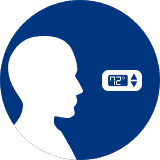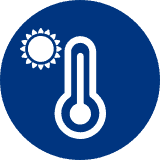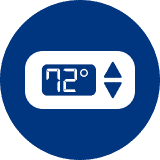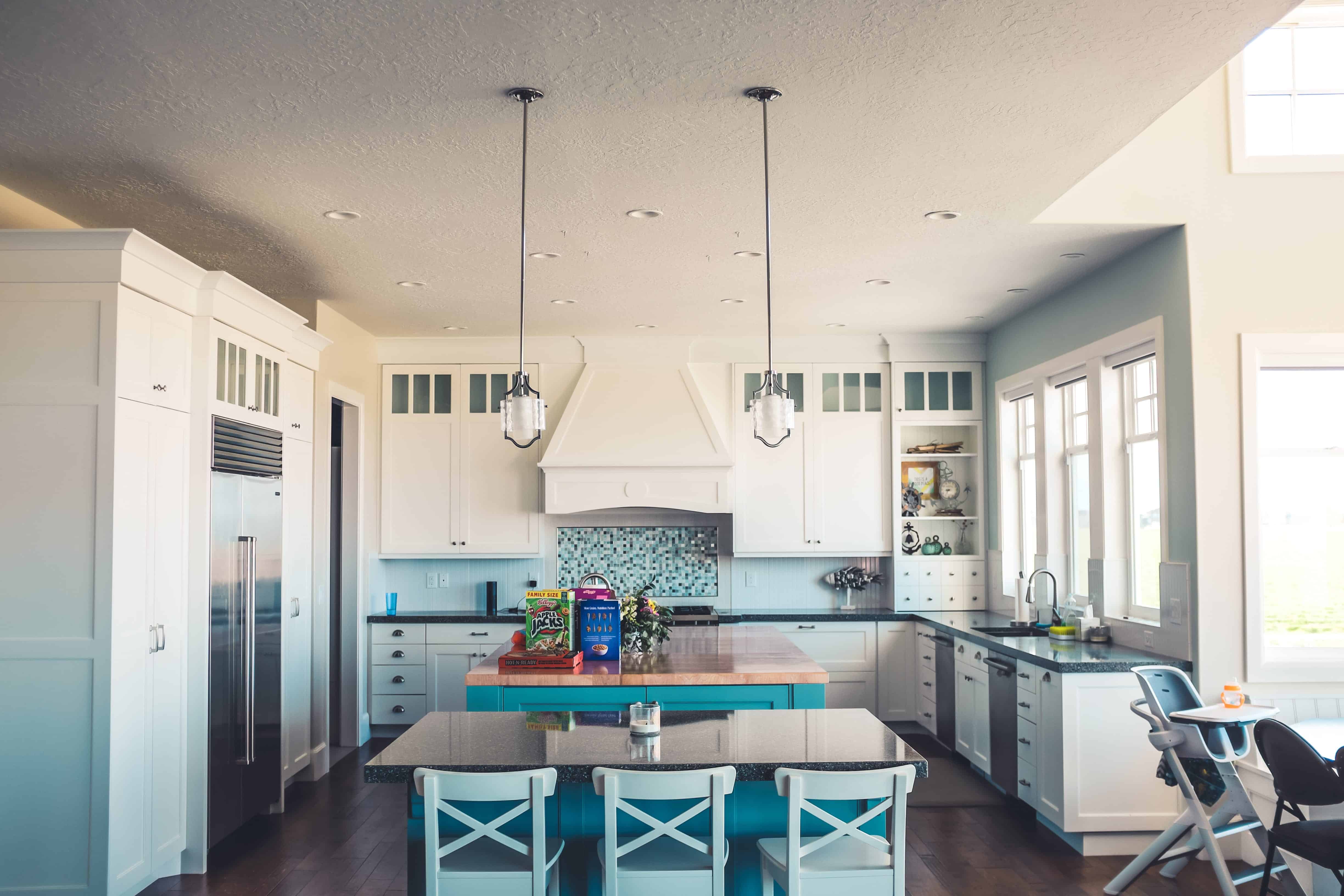The Best Whole House Approach to Energy Efficiency Checklist for California
In my job, I tend to have plenty of conversations with homeowners about energy efficiency. Energy efficient windows, energy efficient thermostats, energy efficient HVAC units, and energy efficient insulation: people in Northern California love to talk about these things. But, they mostly like to talk about them all individually. A much rarer conversation is the one that we really should be having: the conversation about a whole house approach to energy efficiency.
A whole house approach to energy efficiency checklist takes into account all the various ways that these seemingly separate pieces are connected to each other to form a whole picture of earth and power bill-friendly steps we can take as homeowners, and how to coordinate them to maximize a home’s energy efficiency.
Simply put, any step toward energy efficiency is generally a good one, but the smartest move is to take a whole house approach; getting all the singular measures to work in tandem can help you reach levels of efficiency you didn’t think possible. With that in mind, here’s a helpful checklist that can become a vital part of your home efficiency process.
A California Homeowner’s Whole House Approach to Energy Efficiency Checklist
- Step #1: Find a baseline of minimum energy consumption to aim for.
-
Step #2: Identify even small areas of energy inefficiency or waste.
-
Step #3: Seal leaks around doors and windows, and in HVAC ductwork.
-
Step #4: Upgrade, or install new, insulation to walls, attics, and other vulnerable areas of your home.
-
Step #5: Invest in an energy efficient HVAC system, including a smart thermostat.
-
Step #6: Replace single pane or outdated windows with double pane options.
Step #1 Towards Energy Efficiency: Find a Baseline

Whole House Approach Checklist Step #2: Identify Inefficiency and Waste

Here’s a guide on energy audits from the Department of Energy. The best way to find out what you need to do for your own home, though, is to consult with a heating and cooling service professional who has experience in a number of related areas, such as HVAC systems, insulation, plumbing, and windows.
Whole House Approach to Energy Efficiency Step #3: Seal Leaks

For more on this, I recently shared three tips on how to lower your electric bills, and sealing leaky ducts was number one. A trained HVAC pro can help find hard to identify leaks in your ducts, and a trained window pro can help you seal your doors and windows against energy inefficiencies.
Energy Efficient Home Checklist Step #4: Add or Upgrade Insulation

Whole House Approach Energy Efficiency Checklist Step #5: Invest in a Modern HVAC System

Energy Efficiency Checklist Step #6: Have Your Windows Professionally Replaced

Any one of these energy efficiency upgrades will save you a bit of money by itself, but if you work with an experienced professional who can coordinate them so they’re all working in tandem, you can not only reach the baseline we set way back in step number one, but you can easily surpass it.
When you combine sealed windows, doors, and ducts with a smart thermostat, insulation, and energy efficient windows, you won’t have to run your AC or heater very much at all. The warm or cool air your HVAC system generates will hang out so long, you might get tired of being so comfortable and having energy bills that are so low. Wait, that’s silly, there’s not a person alive who’d get tired of that.
Learn more about how our HVAC, window, and plumbing experts can help you take a whole house approach to energy efficiency. Contact the experienced professionals at Bell Brothers today.
Image courtesy Unsplash user NeONBRAND


